The video game industry has witnessed explosive growth over the past decade, with billions of dollars at stake in an increasingly competitive market. As studios race to produce the next hit title, accusations of code plagiarism and intellectual property theft have become alarmingly common. Legal battles over alleged software copying now shape the landscape of game development, forcing companies to navigate a complex web of technical and legal considerations.
The Anatomy of Code Similarity Cases
When two games share suspiciously similar mechanics or features, plaintiffs typically rely on forensic software analysis to build their case. Specialists compare decompiled code structures, variable naming conventions, and even comment patterns between the disputed products. However, what constitutes "substantial similarity" remains hotly debated in courtrooms worldwide. Some jurisdictions focus on literal code copying, while others consider the overarching architecture and non-literal elements like game loops or physics engines.
Recent high-profile disputes reveal how technological advancements complicate these determinations. The rise of common game engines like Unity and Unreal means many titles share foundational code without violating copyright. Similarly, the gaming industry's tradition of borrowing successful mechanics - from battle royale formats to crafting systems - creates gray areas where inspiration blurs into potential infringement.
The Burden of Proof Problem
Plaintiffs face extraordinary challenges in proving code theft allegations. Unlike literary plagiarism where text comparisons might suffice, game software involves multiple abstraction layers. Courts often require demonstration of copying beyond coincidental similarities in high-level design. This necessitates expensive expert testimony to analyze millions of lines of code while distinguishing protected expression from unprotectable ideas.
Defendants counter these claims through several strategies. Clean room design documentation proves independent creation, while open-source components or third-party assets provide alternative explanations for similarities. Some studios proactively implement code obfuscation techniques or deliberately avoid studying competitors' products to create legal insulation. The most sophisticated operations maintain detailed version control histories that chronicle every iteration of their development process.
Evolving Legal Standards
Landmark cases continue reshaping the legal framework surrounding game copyrights. The 2012 Spry Fox v. Lolapps dispute over Triple Town established that game mechanics could receive protection when combined with distinctive visual elements. Conversely, the 2018 Fortnite dance emote rulings demonstrated the difficulty of protecting short, functional sequences. Jurisdictional differences further complicate matters - U.S. courts apply the abstraction-filtration-comparison test, while EU rulings emphasize the author's own intellectual creation standard.
Emerging technologies introduce new complications. Machine learning tools that generate code snippets raise questions about derivative works liability. Cloud gaming architectures distribute software across multiple servers, potentially implicating different copyright doctrines than traditional distribution methods. Even version control systems like Git create timestamped records that serve as double-edged swords in litigation - either validating original creation dates or revealing problematic development timelines.
The Cost of Defense
Beyond legal merits, the financial impact of plagiarism accusations can devastate smaller studios. The discovery process alone often requires producing millions of documents and code repositories. Some developers report spending more on litigation than actual game production budgets. This imbalance leads many to settle questionable claims rather than risk bankruptcy through prolonged court battles - a dynamic that some argue encourages frivolous lawsuits.
Insurance products have emerged to mitigate these risks, with specialized media liability policies now covering copyright defense costs. Simultaneously, the growth of software patent portfolios has created defensive arsenals for major publishers. These trends reflect how intellectual property strategy has become as crucial as game design prowess in the modern industry.
Preventative Measures and Industry Practices
Forward-thinking studios implement comprehensive IP protection strategies from a project's inception. Version control metadata gets meticulously maintained, while development teams receive training on creating "clean" documentation trails. Some companies employ proprietary code analysis tools to scan for accidental similarities with existing products before release. Legal departments increasingly participate in early design meetings to flag potential infringement risks when mechanics are easiest to modify.
The industry has also developed informal norms to reduce conflicts. Credit clauses in employment contracts address code ownership when developers change studios. Trade organizations maintain best practice guidelines for mechanics inspiration versus copying. Perhaps most significantly, the rise of asset stores and licensed middleware has created legal pathways for sharing common game components without infringement concerns.
As virtual worlds grow more complex and valuable, the stakes surrounding code originality will only intensify. The coming years will likely see landmark rulings addressing AI-assisted development, blockchain game assets, and metaverse interoperability - each presenting new challenges for determining where inspiration ends and theft begins in digital entertainment.
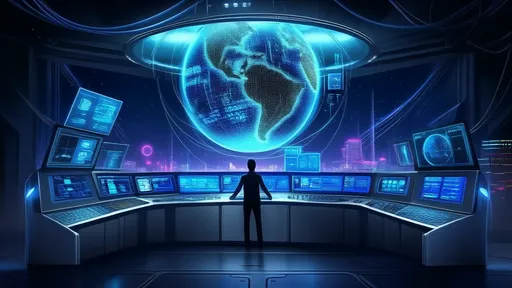
By /Jul 3, 2025
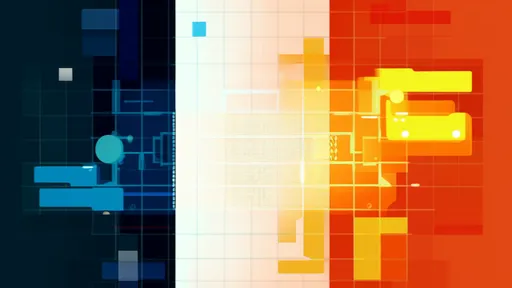
By /Jul 3, 2025
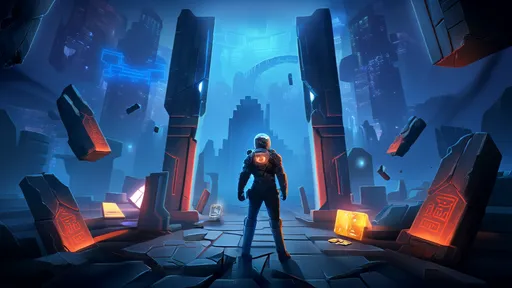
By /Jul 3, 2025
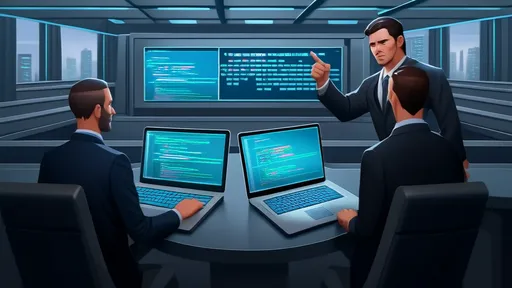
By /Jul 3, 2025

By /Jul 3, 2025
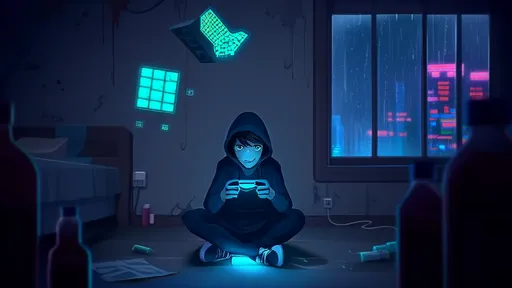
By /Jul 3, 2025
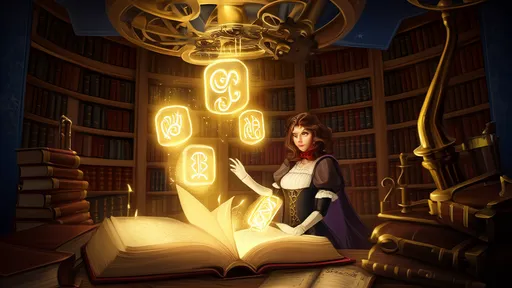
By /Jul 3, 2025
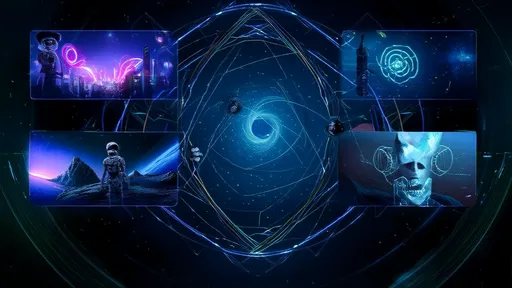
By /Jul 3, 2025

By /Jul 3, 2025
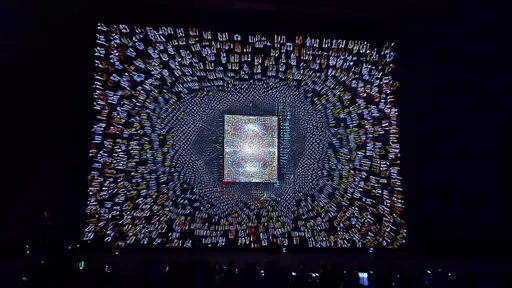
By /Jul 3, 2025
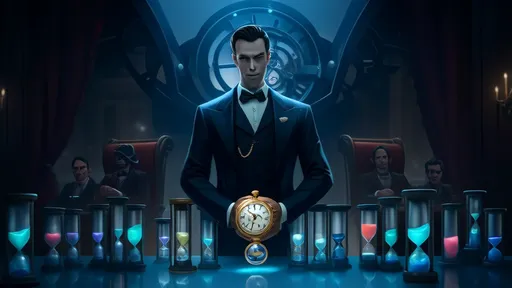
By /Jul 3, 2025
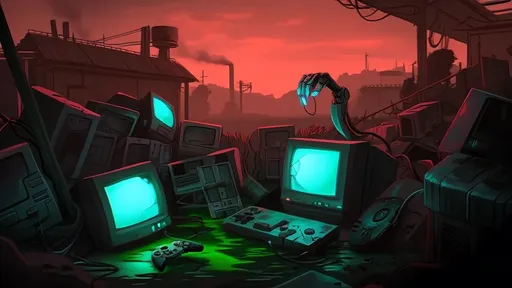
By /Jul 3, 2025
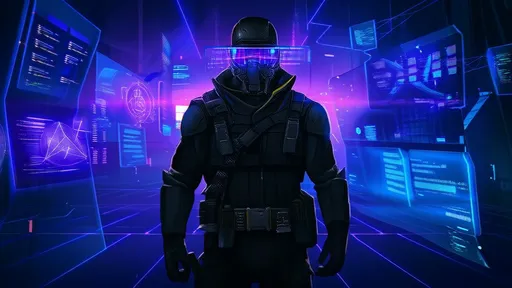
By /Jul 3, 2025
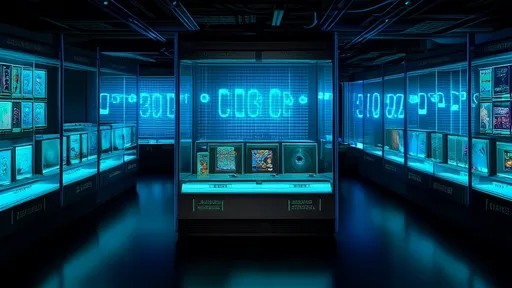
By /Jul 3, 2025

By /Jul 3, 2025
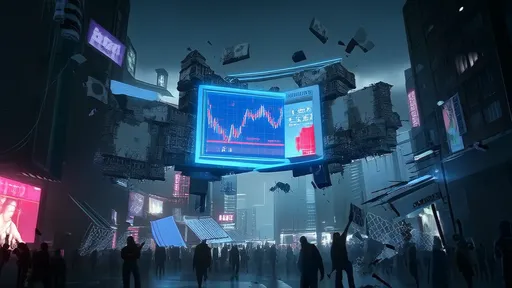
By /Jul 3, 2025
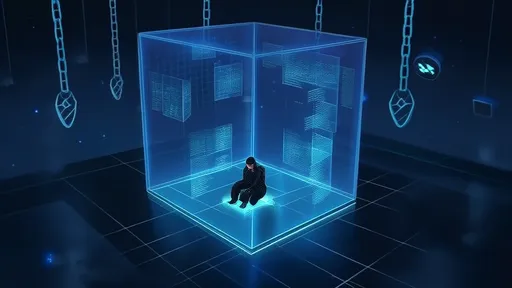
By /Jul 3, 2025
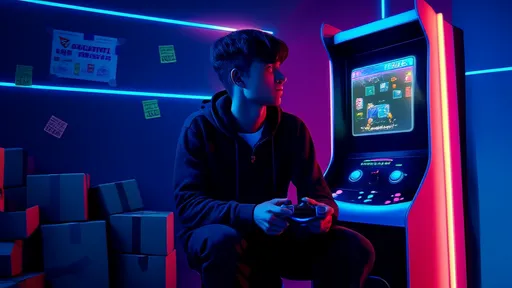
By /Jul 3, 2025